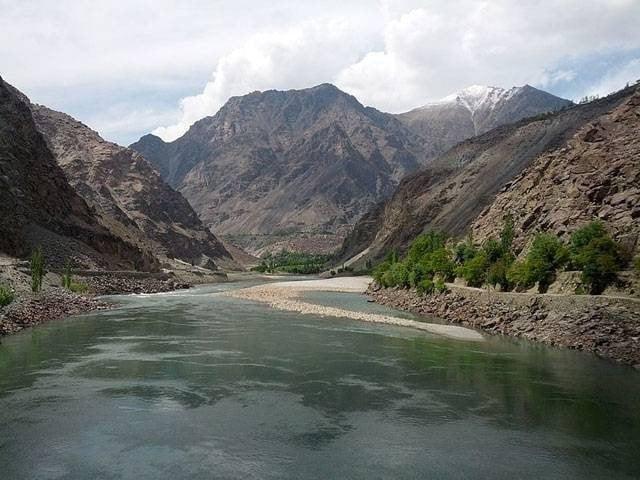Srinagar:
India has taken the first tangible step in the violation of the 1960 Indo Water Treaty (IWT), as the authorities began to work to boost the maintenance capacity of the reservoirs in two hydroelectric projects in the JAMMU and Kashmir occupied by the Indians, the sources said to Reuters.
A “reservoir download” process to eliminate the sediment began on Thursday, carried out by the largest hydroelectric company in India, the NHPC LTD state and the relevant authorities, the three sources said, and added that the work may not immediately threaten the supply to Pakistan, but in the long term it could in the long term.
India suspended the IWT, which guarantees the supply of 80% of the Pakistani farms, after the murder of 26 people in the Iojk tourist complex of Pahalgam last month. Without giving any evidence, India blamed Pakistan for the attack, which caused high tensions between the two countries.
Pakistan, who denied any role in Pahalgam’s attack, has threatened international legal actions on the suspension of the IWT and warned: “Any attempt to stop or divert the flow of water that belongs to Pakistan … will be considered as an act of war.”
According to the sources, India did not inform Pakistan about work in the projects of Salal and Baglihar, which was first carried out since the projects were built in 1987 and 2008-09, respectively, as the IWT had blocked this work, the sources said.
The process of washing the deposits initially results in the waters loaded with sediments are released downstream from the deposits, which can cause sudden flood, followed by a reduced flow of water as the deposits are filled, one of the sources said.
They said that the work may not immediately threaten the supply to Pakistan, but that it could eventually be affected if other dams throw similar efforts. There are more than half a dozen such projects in the occupied region.
The discharge operation worked for three days from May 1, one of the sources to Reuters told. “We were also asked to open the adjustable doors for cleaning, what we did from May 1,” said the source, added that the effort destined to release the operations of the dam from any restriction.
“This is the first time that an exercise of this type is performed and will help a more efficient generation of energy and avoid damage to the turbines,” said the source. The locals, who live on the banks of the Chenab River, also confirmed that the water had been released from the salaral and baglihar dams from Thursday to Saturday.
The rinse of hydroelectric projects requires almost emptying a deposit to expel the sediment, whose accumulation is an important cause of decreased production. “Flushing is not common because it leads to a lot of water waste,” said one of the sources.
Two of the sources said that the power delivered by the 690 megawatt salary project was well below its capacity, because Pakistan had avoided that discharge, while the accumulation of silt also affected production in the 900 MW Baglihar project.
“It was expected that the downstream countries were informed in case it would lead to any flood,” said the source, as under the IWT, India had to share data such as hydrological flows at various points in the rivers that flow through India and issued flood warnings.
Government officials and experts on both sides say that India cannot stop water flows immediately, however, since the IWT has only allowed to build the so -called river hydroelectric plants, which do not require significant storage dams, in the three rivers assigned to Pakistan.
The IWT suspension means that India “can now follow our projects in the free will,” said Kushver Vohra, a recently retired boss from the Central Water Commission of India who worked widely in Indo disputes with Pakistan.




